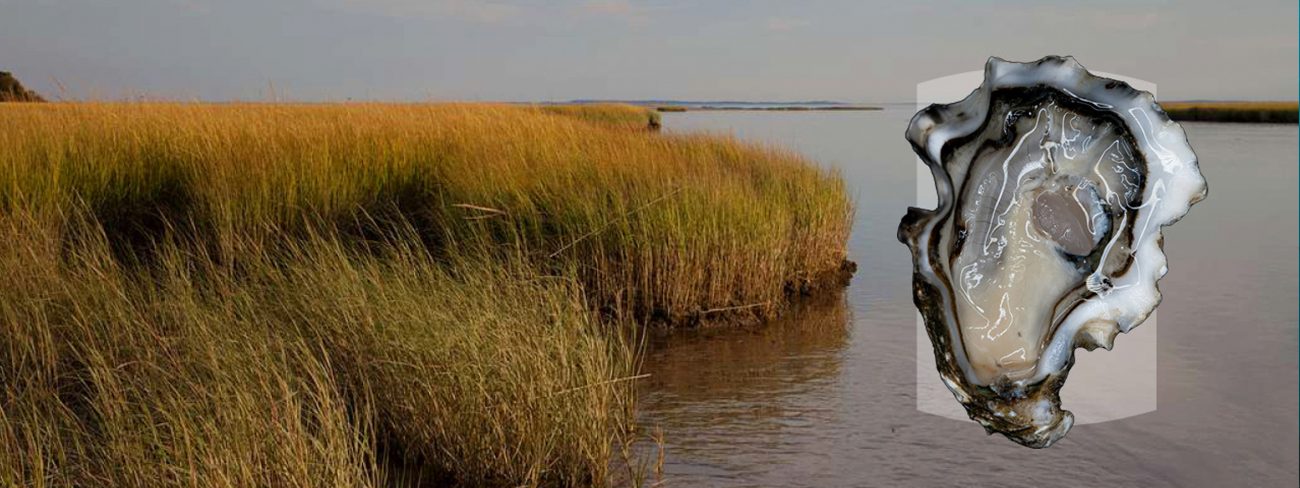Reef Revival
Can We Restore Long Island Sound by Eating Oysters?

Reef Revival
Can We Restore Long Island Sound by Eating Oysters?
If buck-a-shuck night at your local oyster bar sets your tastebuds tingling, UConn researchers want your help restoring Connecticut’s oyster populations.
UConn marine scientist Zofia Baumann was inspired to study ways to help the vital ecosystem engineers make a comeback after she discovered a healthy, well-established oyster reef tucked away in Morris Creek Nature Preserve in East Haven.
“Oyster restoration has to rely on community, otherwise it’s not going to work,” says UConn marine scientist Zofia Baumann. “What we need to do is recover these shells from restaurants and then be able to work with different communities to put them back into the water so that they can create new reefs.”
Oyster restoration has to rely on community, otherwise it’s not going to work.
Oyster habitats were largely destroyed by development, over-harvesting, and pollution, but in Long Island Sound, their numbers might be on the rise. Baumann and others hope to help restore them. The Morris Creek site was established where oyster shells were deposited.
Unfortunately, there’s a shortage of oyster shells in Connecticut — so Baumann has set her sights on bringing together members of the community, shellfish farmers, and regulators to collect shells. Oysters can build their habitats on the spent shells, where they’ll do the job they’re meant to as a key piece of the ecosystem: improve water quality, help other species flourish, and make shorelines more resilient in the face of erosion.
“Anytime you go to a restaurant and get an oyster on a half shell, think about that being able to formulate a new habitat for a new oyster,” Baumann says.

Big ideas come from out of the blue.
Behind every breakthrough, there’s a story of creativity and commitment. One where individuals come together, fueled by a shared vision and sustained by imagination and persistence.



